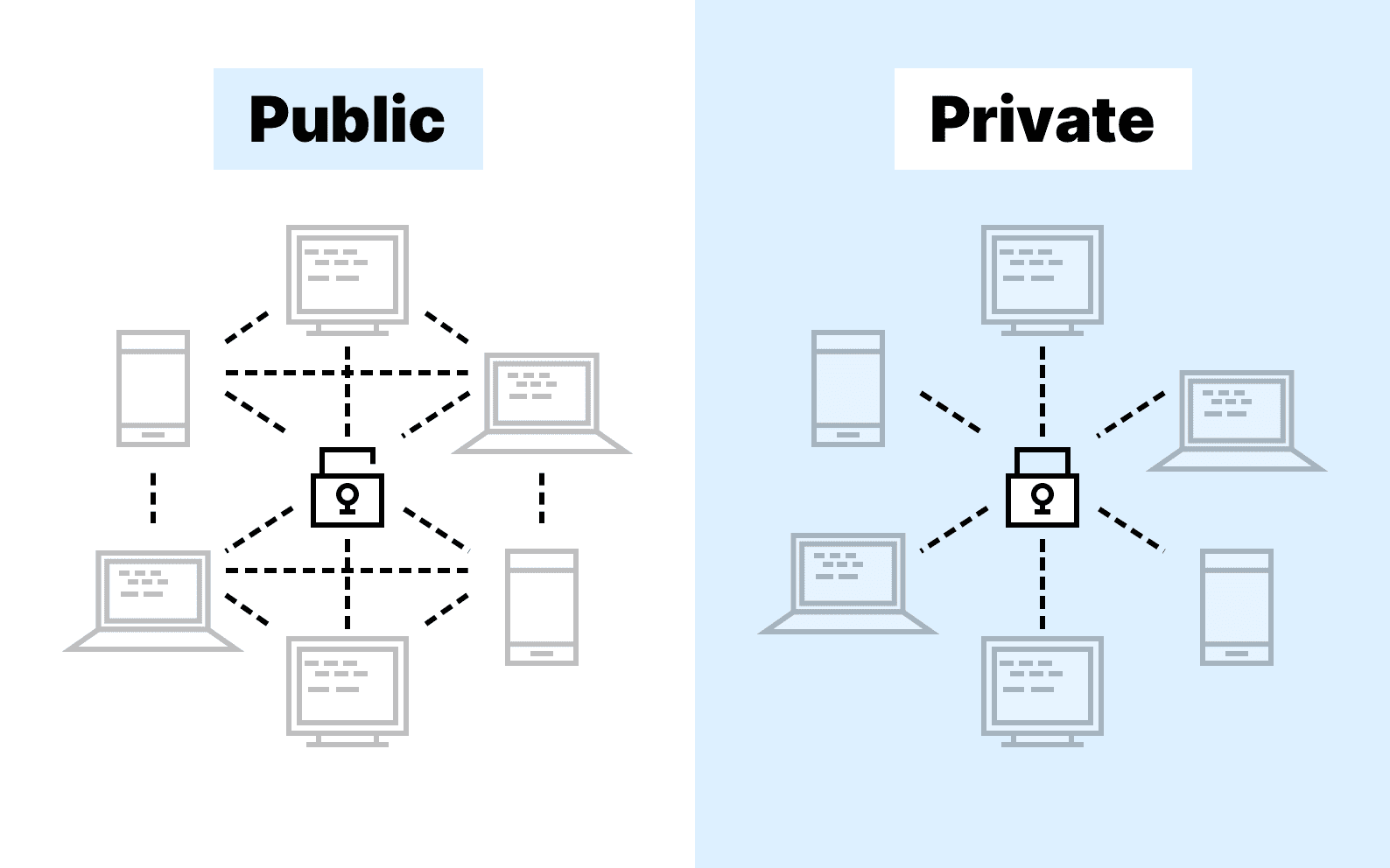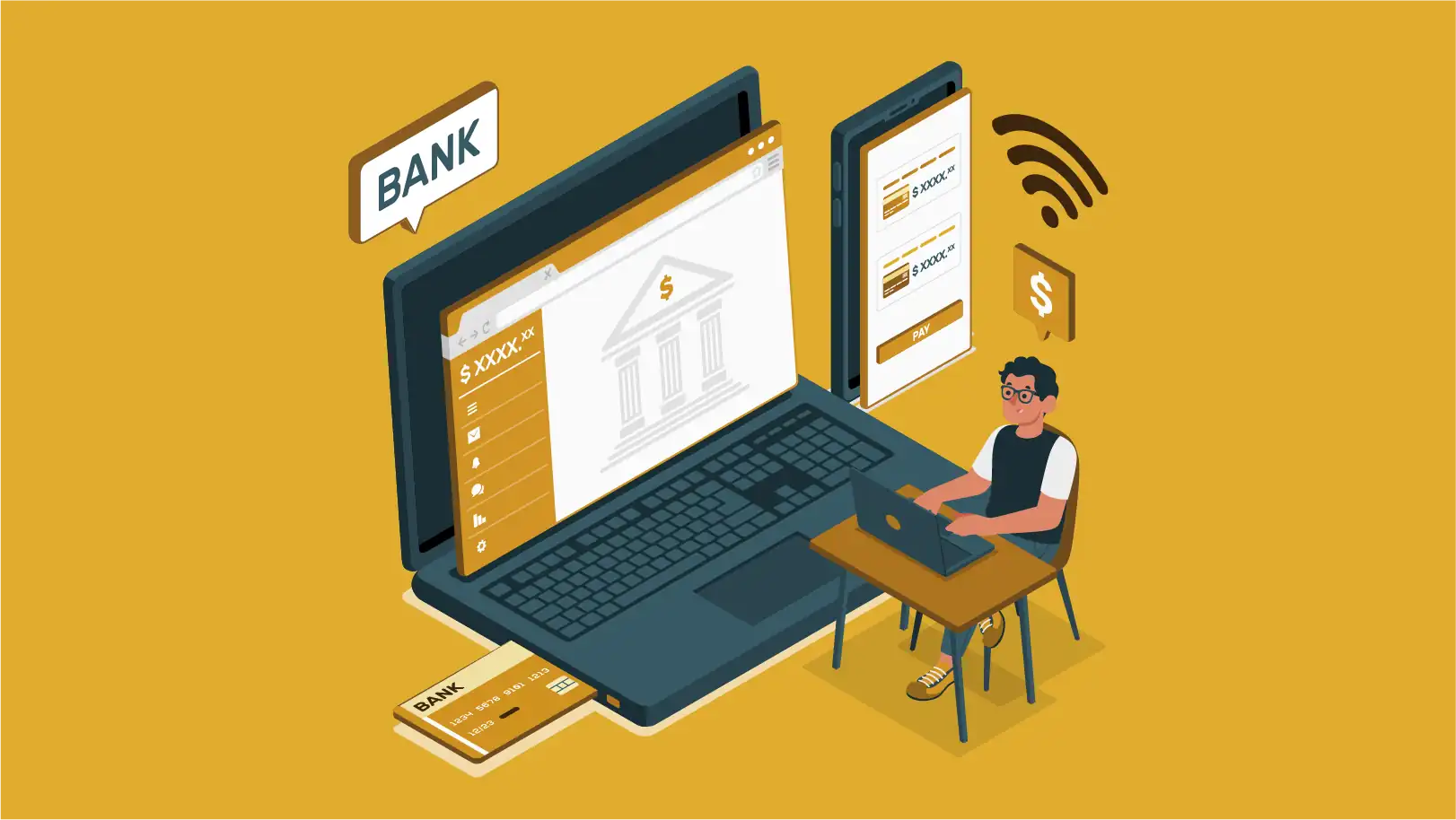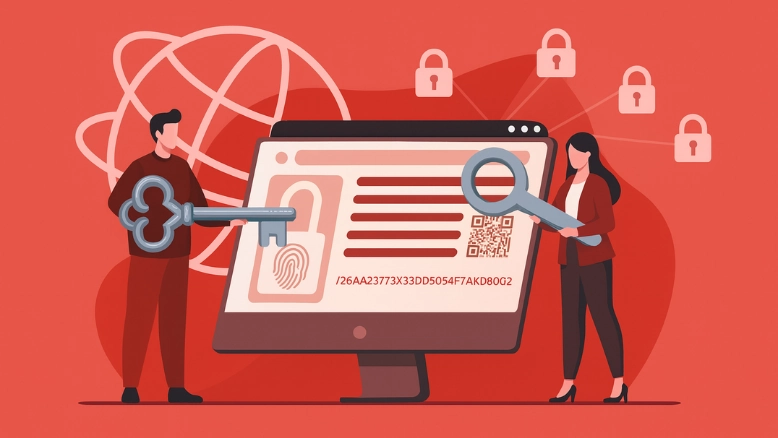
This guide provides a detailed examination of the three primary types of blockchains: public, private, and consortium. We will explore their characteristics, advantages, disadvantages, use cases, and the technical considerations involved in choosing the right blockchain for a specific application.
Public Blockchains
Public blockchains are permissionless, decentralized, and transparent networks accessible to anyone. They are often associated with cryptocurrencies like Bitcoin and Ethereum.
Characteristics
- Permissionless: Anyone can join the network, participate in consensus mechanisms (like Proof-of-Work or Proof-of-Stake), and view the blockchain’s data.
- Decentralized: No single entity controls the network. Control is distributed across numerous nodes.
- Transparent: All transactions are publicly visible and recorded on the blockchain.
- Immutable: Once a transaction is recorded, it cannot be altered or deleted. This immutability is ensured through cryptographic hashing and consensus mechanisms.
- Secure: Public blockchains rely on robust cryptographic algorithms and decentralized consensus to ensure network security. The more participants validating transactions, the more secure the network becomes (theoretically).
Advantages
- High Security: Decentralization and strong cryptography make public blockchains highly resistant to attacks.
- Transparency: All transactions are publicly auditable, fostering trust and accountability.
- Accessibility: Open to anyone, promoting innovation and wider adoption.
- Censorship Resistance: Difficult to censor or control by any single entity.
- Trustless Environment: Participants do not need to trust each other; trust is built into the system through cryptography and consensus.
Disadvantages
- Scalability Issues: Achieving consensus across a large, distributed network can be slow and resource-intensive, leading to scalability limitations (e.g., transaction throughput).
- High Energy Consumption: Proof-of-Work consensus mechanisms, used by some public blockchains, require significant computational power and energy. (e.g. Bitcoin)
- Transaction Fees: Network fees can fluctuate and become expensive during periods of high demand.
- Lack of Privacy: While transactions can be pseudonymous, they are not entirely private. Analysis of transaction patterns can potentially reveal the identities of users.
- Regulatory Uncertainty: The legal and regulatory status of public blockchains and cryptocurrencies remains uncertain in many jurisdictions.
Use Cases of Public Blockchains
- Cryptocurrencies: Facilitating decentralized digital currencies like Bitcoin and Ethereum.
- Decentralized Finance (DeFi): Building open and accessible financial applications, such as lending, borrowing, and trading platforms.
- Supply Chain Management: Tracking the movement of goods and ensuring transparency throughout the supply chain.
- Voting Systems: Creating secure and transparent online voting platforms.
- Decentralized Autonomous Organizations (DAOs): Enabling decentralized governance and decision-making within organizations.
Technical Considerations
- Consensus Mechanism: Choosing a suitable consensus mechanism (e.g., Proof-of-Work, Proof-of-Stake, Delegated Proof-of-Stake) based on factors like security, energy efficiency, and scalability.
- Smart Contracts: Developing and deploying smart contracts to automate processes and enforce agreements on the blockchain. Solidity is the primary language used for writing smart contracts on Ethereum.
- solidity
- pragma solidity ^0.8.0;contract SimpleStorage { uint storedData; function set(uint x) public { storedData = x; } function get() public view returns (uint) { return storedData; }}
- Data Storage: Designing efficient and scalable data storage solutions to accommodate the growing size of the blockchain.
- Network Security: Implementing robust security measures to protect the network from attacks, such as 51% attacks or Sybil attacks.
Private Blockchains

Private blockchains are permissioned networks controlled by a single organization or entity. They offer more control and privacy than public blockchains.
Characteristics
- Permissioned: Access to the network is restricted to authorized participants.
- Centralized or Semi-Centralized: Control is typically centralized within the organization or distributed among a small number of trusted entities.
- Privacy: Data visibility is restricted to authorized participants, providing enhanced privacy compared to public blockchains.
- High Throughput: Fewer nodes and simpler consensus mechanisms can enable faster transaction processing.
- Controlled Environment: The organization has full control over the network’s rules, policies, and governance.
Advantages
- High Throughput: Faster transaction speeds and higher throughput due to a smaller number of participants and potentially more efficient consensus mechanisms.
- Enhanced Privacy: Sensitive data can be kept private and confidential within the organization.
- Control and Governance: The organization has full control over the network’s rules, policies, and governance.
- Lower Transaction Fees: Transaction fees can be significantly lower than public blockchains due to reduced computational overhead.
- Regulatory Compliance: Easier to comply with regulatory requirements by controlling access and data visibility.
Disadvantages
- Lack of Transparency: Limited transparency compared to public blockchains, as data is not publicly accessible.
- Centralization Risks: Susceptible to single points of failure and manipulation by the controlling entity.
- Lower Security: Security relies on the trust and integrity of the controlling entity, rather than the decentralized consensus of a public blockchain.
- Limited Use Cases: Suitable for specific organizational needs but not ideal for applications requiring open access and trustlessness.
- Lower Adoption: Limited adoption compared to public blockchains due to their restricted access and centralized nature.
Use Cases of Private Blockchains
- Supply Chain Management (Within an Organization): Tracking goods and materials within a company’s internal supply chain.
- Internal Auditing and Compliance: Streamlining internal audit processes and ensuring regulatory compliance.
- Data Management and Sharing: Securely managing and sharing sensitive data within an organization.
- Digital Asset Management: Managing digital assets, such as intellectual property or financial instruments, within a controlled environment.
- Voting Systems (Internal): Facilitating secure and transparent internal voting processes.
Technical Considerations
- Access Control: Implementing robust access control mechanisms to restrict access to authorized participants.
- Consensus Mechanism: Choosing a suitable consensus mechanism that balances speed, security, and control (e.g., Raft, Practical Byzantine Fault Tolerance (pBFT)).
- Data Encryption: Encrypting sensitive data to protect it from unauthorized access.
- Identity Management: Implementing identity management systems to authenticate and authorize participants.
- Interoperability: Ensuring interoperability with existing enterprise systems and applications.
Consortium Blockchains
Consortium blockchains are permissioned networks governed by a group of organizations. They offer a balance between the decentralization of public blockchains and the control of private blockchains.
Characteristics
- Permissioned: Access to the network is restricted to a pre-selected group of organizations.
- Semi-Decentralized: Control is distributed among the consortium members, rather than a single entity.
- Transparency (Limited): Data visibility can be restricted to consortium members or selectively shared with external parties.
- Improved Trust: Shared governance and control among multiple organizations can increase trust and reduce the risk of manipulation.
- Customizable Governance: The consortium can define its own rules, policies, and governance structure.
Advantages
- Improved Trust: Shared governance and control foster trust among consortium members.
- Enhanced Privacy: Data visibility can be restricted to consortium members.
- Scalability: More scalable than public blockchains due to a smaller number of participants and more efficient consensus mechanisms.
- Customization: Consortium members can customize the blockchain to meet their specific needs.
- Regulatory Compliance: Easier to comply with regulatory requirements by controlling access and data visibility.
Disadvantages
- Complexity: Setting up and managing a consortium blockchain can be complex, requiring agreement and coordination among multiple organizations.
- Compromise: Achieving consensus among consortium members can be challenging, requiring compromise and negotiation.
- Limited Decentralization: Less decentralized than public blockchains, as control is limited to a specific group of organizations.
- Potential for Collusion: Risk of collusion among consortium members to manipulate the network.
- Higher Costs: Establishing and maintaining a consortium blockchain can be expensive, requiring investment in infrastructure, personnel, and governance.
Use Cases of Consortium Blockchains
- Supply Chain Management (Across Organizations): Tracking goods and materials across multiple organizations in a supply chain.
- Financial Services: Facilitating secure and efficient transactions among financial institutions.
- Healthcare: Sharing patient data securely and efficiently among healthcare providers.
- Identity Management: Creating a shared identity management system for multiple organizations.
- Trade Finance: Streamlining trade finance processes and reducing risk.
Technical Considerations
- Governance Model: Defining a clear and transparent governance model for the consortium.
- Membership Management: Establishing a process for adding and removing members from the consortium.
- Consensus Mechanism: Choosing a suitable consensus mechanism that balances speed, security, and fairness (e.g., Raft, pBFT, Federated Byzantine Agreement (FBA)).
- Data Sharing Policies: Defining clear policies for data sharing and access control.
- Interoperability: Ensuring interoperability with existing systems and applications of the consortium members.
In conclusion, selecting the appropriate blockchain type requires careful consideration of the specific application requirements, including factors such as security, privacy, scalability, control, and trust. Public blockchains offer high security and transparency but can suffer from scalability issues. Private blockchains provide control and privacy but lack transparency. Consortium blockchains offer a balance between these two extremes, enabling collaboration among multiple organizations while maintaining control and privacy. To explore these blockchain types in more detail, you can visit this page. For a deeper comparison, check here.
Frequently Asked Questions
A public blockchain is a decentralized and permissionless network where anyone can join, validate transactions, and view records. Examples include Bitcoin and Ethereum, known for their security, transparency, and trustless nature.
The main types of blockchains are public, private, and consortium. Public blockchains are open and decentralized, private ones are controlled by a single entity, and consortium blockchains are managed by multiple organizations.
A private blockchain is a permissioned network controlled by one organization. It allows faster transactions, more privacy, and better regulatory compliance but sacrifices decentralization and transparency compared to public blockchains.
A consortium blockchain is managed by a group of organizations. It offers shared governance, improved trust, and controlled transparency, making it ideal for industries like supply chain, healthcare, and finance where collaboration is essential.
Public blockchains are generally the most secure due to decentralization and cryptography. The larger the network of validators, the harder it is for attackers to manipulate transactions, making public blockchains highly resistant to tampering.
Choosing a blockchain type depends on use case. Public blockchains are best for open networks, private blockchains for internal use, and consortium blockchains for multi-organization collaboration that requires both privacy and shared trust.






